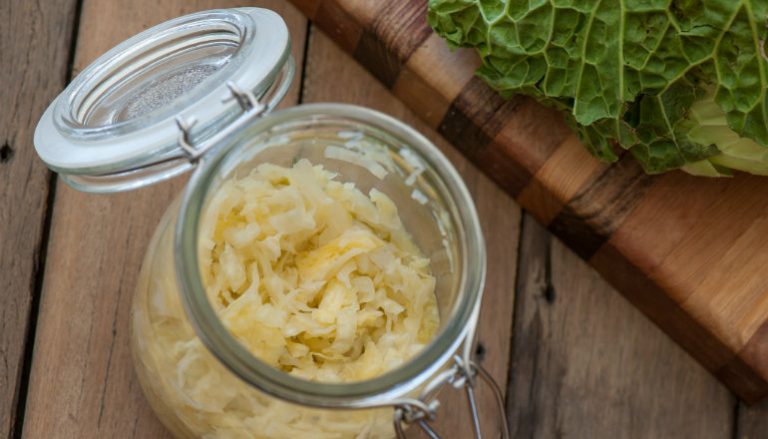As many of us are experiencing or anticipating the first fall frost, tender produce is becoming scarce, while dense, crunchy vegetables are coming into their prime. Oftentimes, these nutritious gems become sweeter after a light freeze, and cabbage is no exception. This makes November an ideal month for making sauerkraut.
Fermenting cabbage and root vegetables at this time not only preserves and augments their peak nutritional qualities, it does so just as we are about to enter winter’s dearth of fresh produce. Preparing a big batch of sauerkraut now could mean a whole season of satisfying sides packed with vitamins, minerals, and probiotics — and it’s easier than you think.
Why make your own sauerkraut?
While it is certainly possible to buy sauerkraut at most grocery stores, it is not so easy to find sauerkraut that contains all the natural benefits of properly fermented cabbage. More often than not, it is pasteurized and/or made with vinegar; and if you do find fresh, natural sauerkraut, the price could be enough to make you laugh, or cry.
Making sauerkraut at home gives you the best product, costs little more than the fresh ingredients, and besides that — it’s fun! You can invite your foodie friends and make an event out of crafting a few different krauts; but let’s start with the basics:
How to make sauerkraut — the basics
The most fundamental ingredients in this ferment are cabbage, and salt. Other optional ingredients are discussed in the recipes below.

Success
You are now signed up for our newsletter
Success
Check your email to complete sign up
Your fermentation vessel does not need to be fancy or expensive. A stoneware crock is fun if you have one, but sometimes I just use a clean, plastic pail. A lid and a weight are also essential, but can be as plain as a plate and a sterilized stone. For a small batch, a simple mason jar with a fermentation lid will do the trick. The key points are as follows:
- The cabbage (or other crunchy cruciferous or root vegetable) is shredded and massaged with salt, in order to draw moisture out of the vegetable. The salt also prevents harmful bacteria from taking over the ferment.
- The kraut must be pressed and submerged in saline liquid (hence the weight) to prevent spoilage during fermentation.
- The fermentation process generates gasses, which will need to escape the vessel.
- An average room temperature (around 70°F) is ideal for the bacteria that ferment sauerkraut, and will yield a finished product in about four weeks.
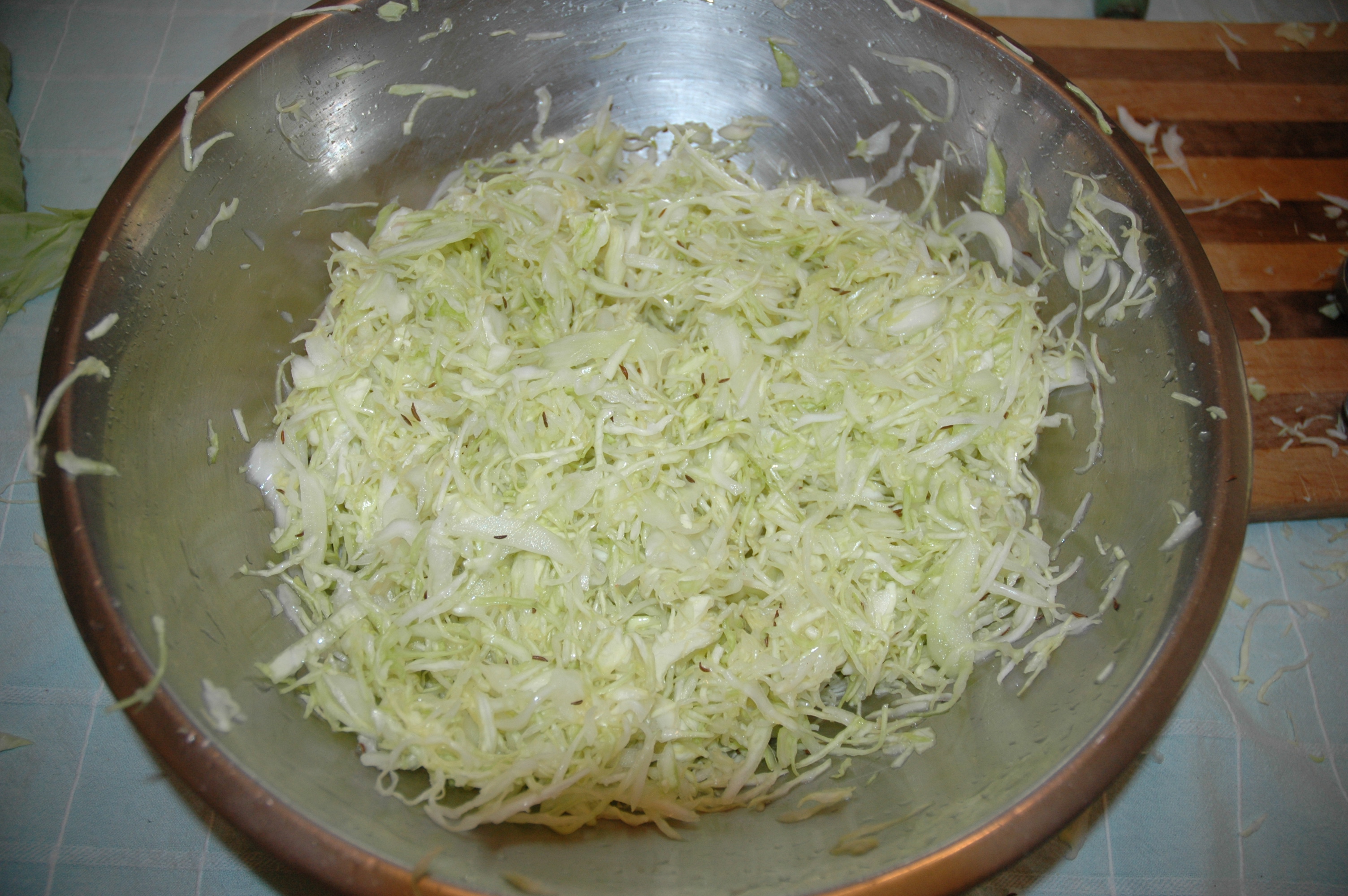
Recipes
The most common kraut is made with white cabbage, salt, and little else. As you shall see, other ingredients can be added or substituted for an endless variety of krauts.
The following recipes are based on three pounds of cabbage, since that is the average head size. One average, three-pound cabbage will make about six cups of sauerkraut, two larger cabbages would make around four quarts. Purple cabbages tend to be smaller, averaging around two pounds.
The cabbage to salt ratio is fairly important, but still has some flexibility. To make calculations easier, remember there are three teaspoons per one tablespoon. Too much salt will inhibit the fermentation, while too little salt will not protect from nasty bacteria.
Foolproof and fantastic
This recipe is tried and true, from my farming days when I would make large batches to share with my CSA members. It includes caraway seed — which adds flavor and aids digestion — plus juniper berries to help prevent spoilage.

Ingredients:
3 lbs white organic cabbage
4 tsp salt (pickling salt is recommended, but I have had good luck with sea salt)
1 tsp caraway seed (whole)
1 ½ tsp juniper berries (whole)
Rosy-kraut
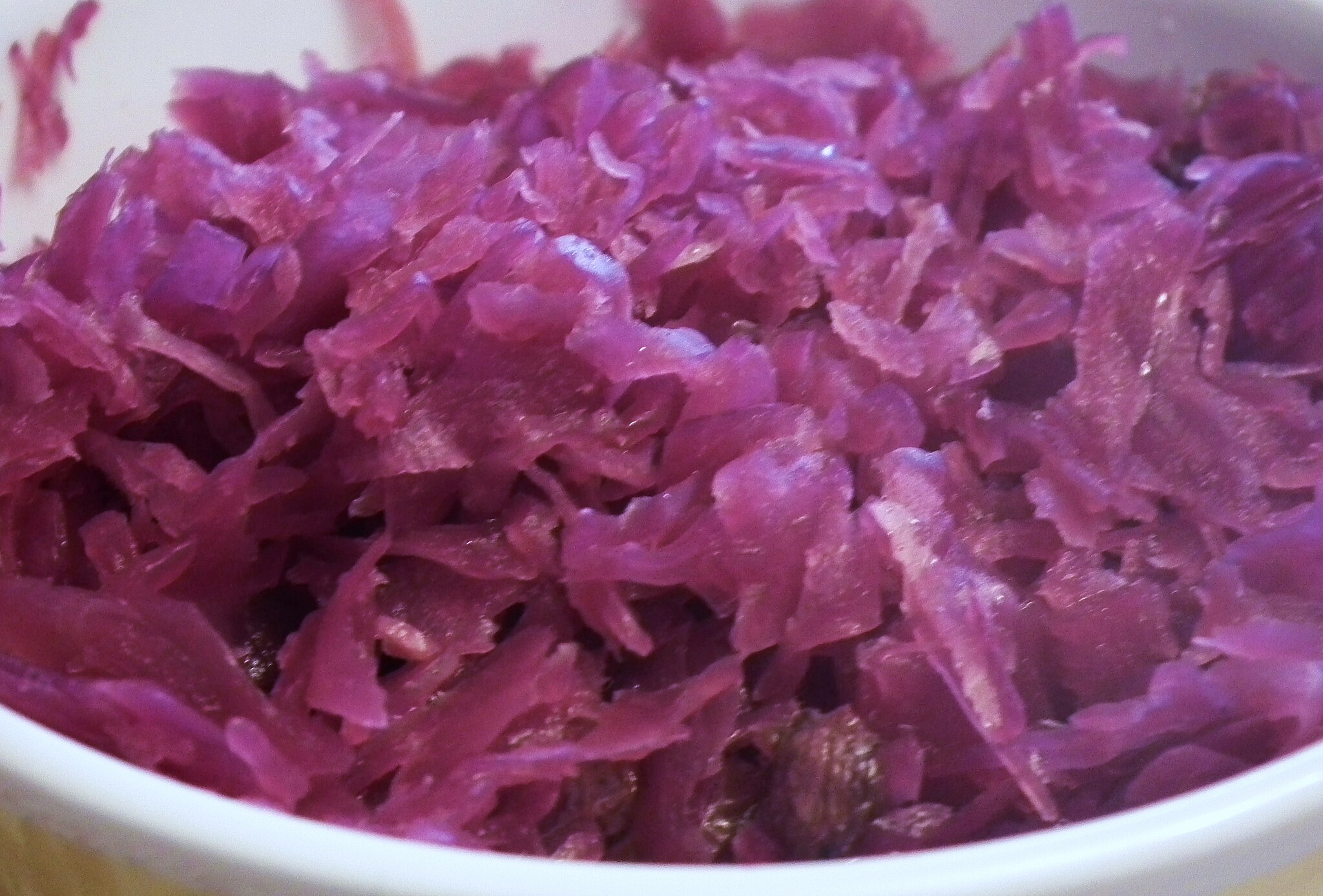
Stunningly beautiful, this pink ferment is made by substituting purple cabbage for part or all of the white cabbage in the recipe above, or by substituting up to 25 percent of the cabbage (by weight) with shredded red beets.
Garlic and dill for great digestion
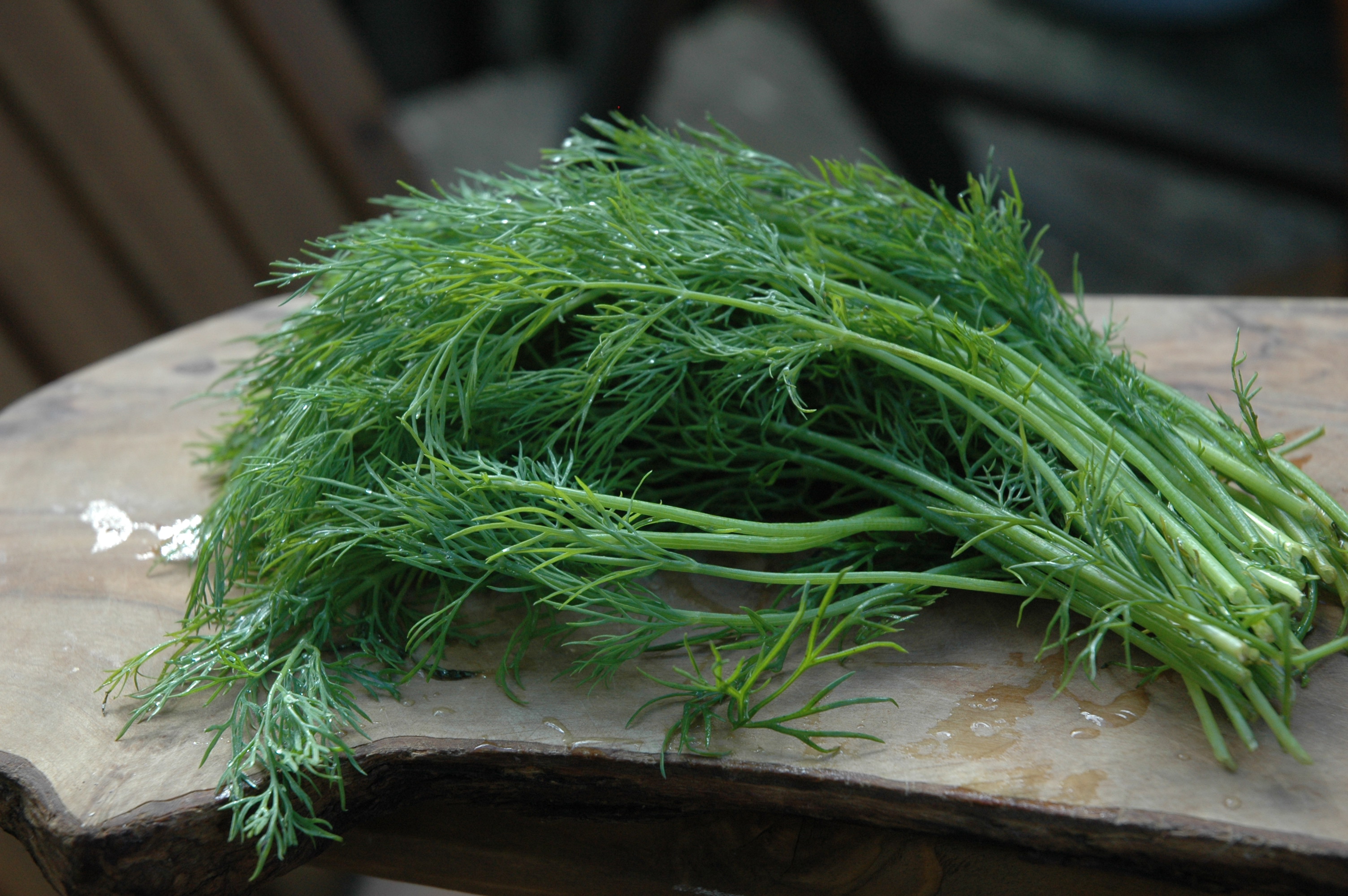
Some people love the flavor of garlic but find it difficult to digest. Fermenting this allium in your sauerkraut can improve its digestibility, and combining it with the delicious duo of dill and caraway seed can actually aid digestion in general.
Ingredients
3 lbs shredded cabbage
4 tsp salt
2 tsp caraway seeds
1 bunch fresh dill, finely chopped
6 cloves chopped garlic
Curry kraut
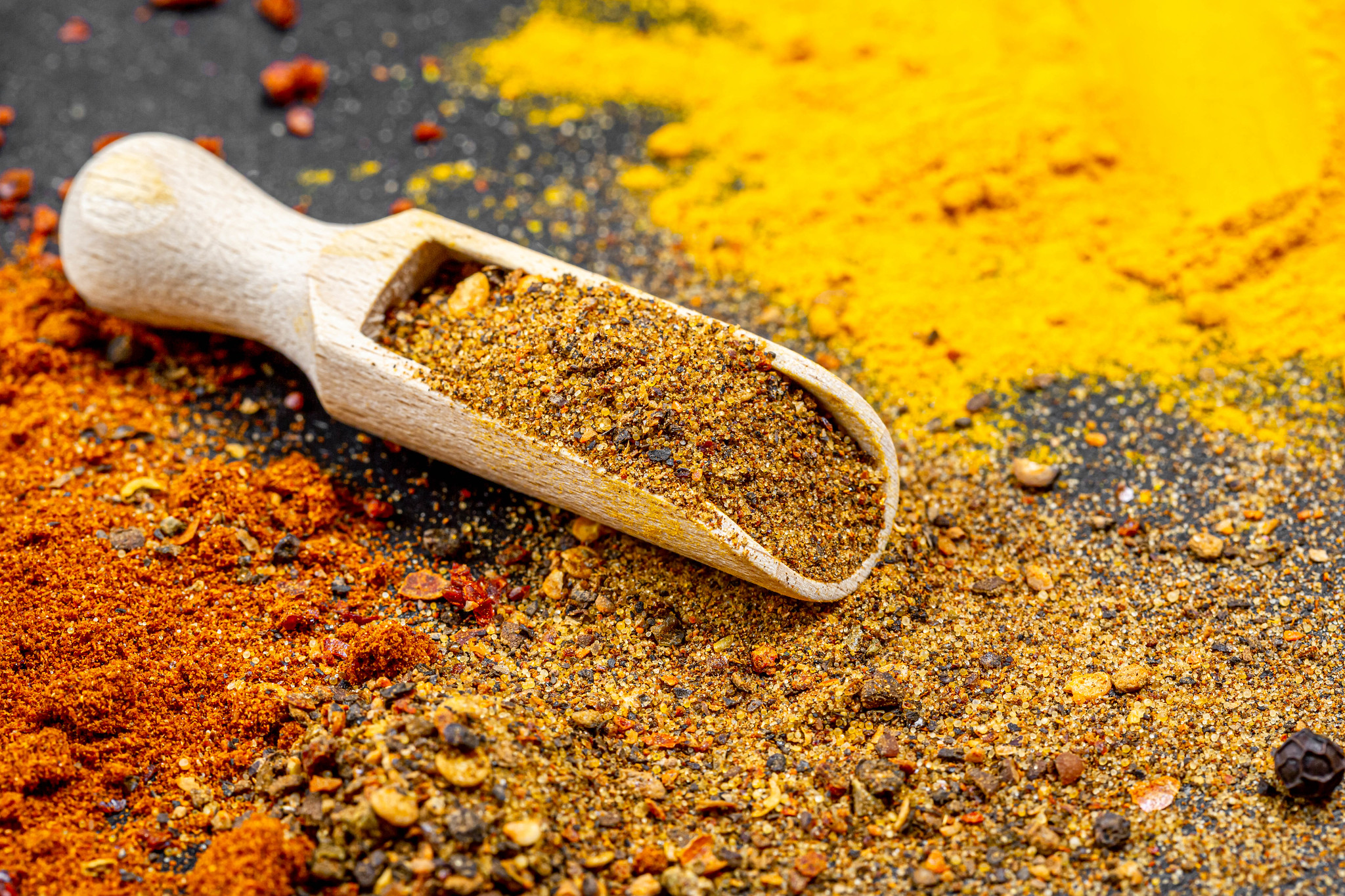
For a taste of India and the natural benefits of Ayurvedic spices, try this warming curry kraut.
Ingredients
3 lbs organic white cabbage
4 tsp salt
5 cloves minced garlic
1 medium onion (sliced thin)
2 Tbsp garam masala, or “warm spice”
Note: Garam masala is a variable spice blend that you can buy at any Indian market and many other grocery stores; but it’s also fun to make for yourself by blending together a number of warming spices.
The bulk of most garam masalas is composed of cumin and coriander, with lesser amounts of spices like ginger, cardamom, pepper, cinnamon, fennel, fenugreek and mustard seed, and just a touch of turmeric, mace, nutmeg or cloves. Whole ingredients are often toasted before grinding together.
Sweet and spicy kimchi

This recipe calls for napa cabbage — which is handled somewhat differently, but ferments in days rather than weeks. The addition of apples, carrots, ginger, scallions, garlic and chili pepper will wow your tastebuds with an explosion of flavor.
The thick ribs of napa cabbage leaves are salted individually and weighted for several hours to draw out excess moisture before cutting and combining them with the other ingredients. The result is a crunchy, colorful condiment abounding with flavor and nutrients.
Rainbow kraut

Inspired by the wish not to waste broccoli stalks, this recipe uses a variety of vegetables for a confettied appearance. Peel and julienne the leftover stalks with carrots, cauliflower, and/or brussels sprouts; then proceed as follows:
The juicy details
Start with fresh, clean cabbage/vegetables. If you have a mandoline or food processor that can make thin slices, it will save you time; but slicing can also be done with a sharp knife and may prove to be less messy.
First, quarter the cabbage and remove the core (unless using a mandoline, in which case it saves your fingers to have a dispensable knob to hold onto). Set aside a couple of clean outer leaves, then cut the cabbage into thin slices and transfer to a large bowl.
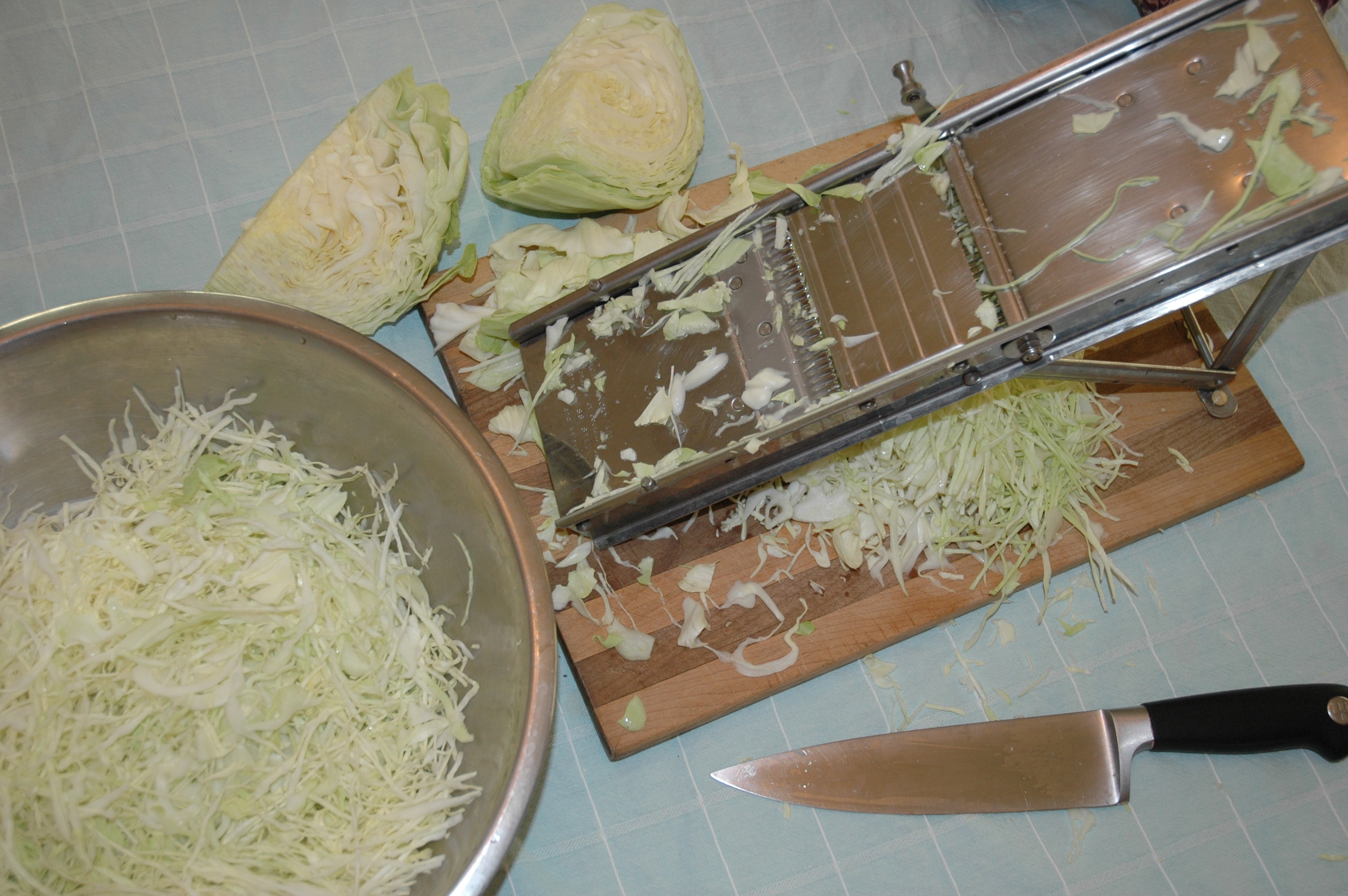
Weigh your cut cabbage (minus the weight of the bowl) to determine the salt requirements. When you reach three pounds of cabbage, pause.
Add the rest of the ingredients for one batch, and knead the mixture with your hands until the cabbage feels wilted and wet. Transfer from the bowl to your clean crock, bucket, or other sturdy vessel and give it a good thrashing. Pounding your kraut helps draw out more liquid while ensuring there are no air pockets in the vessel.
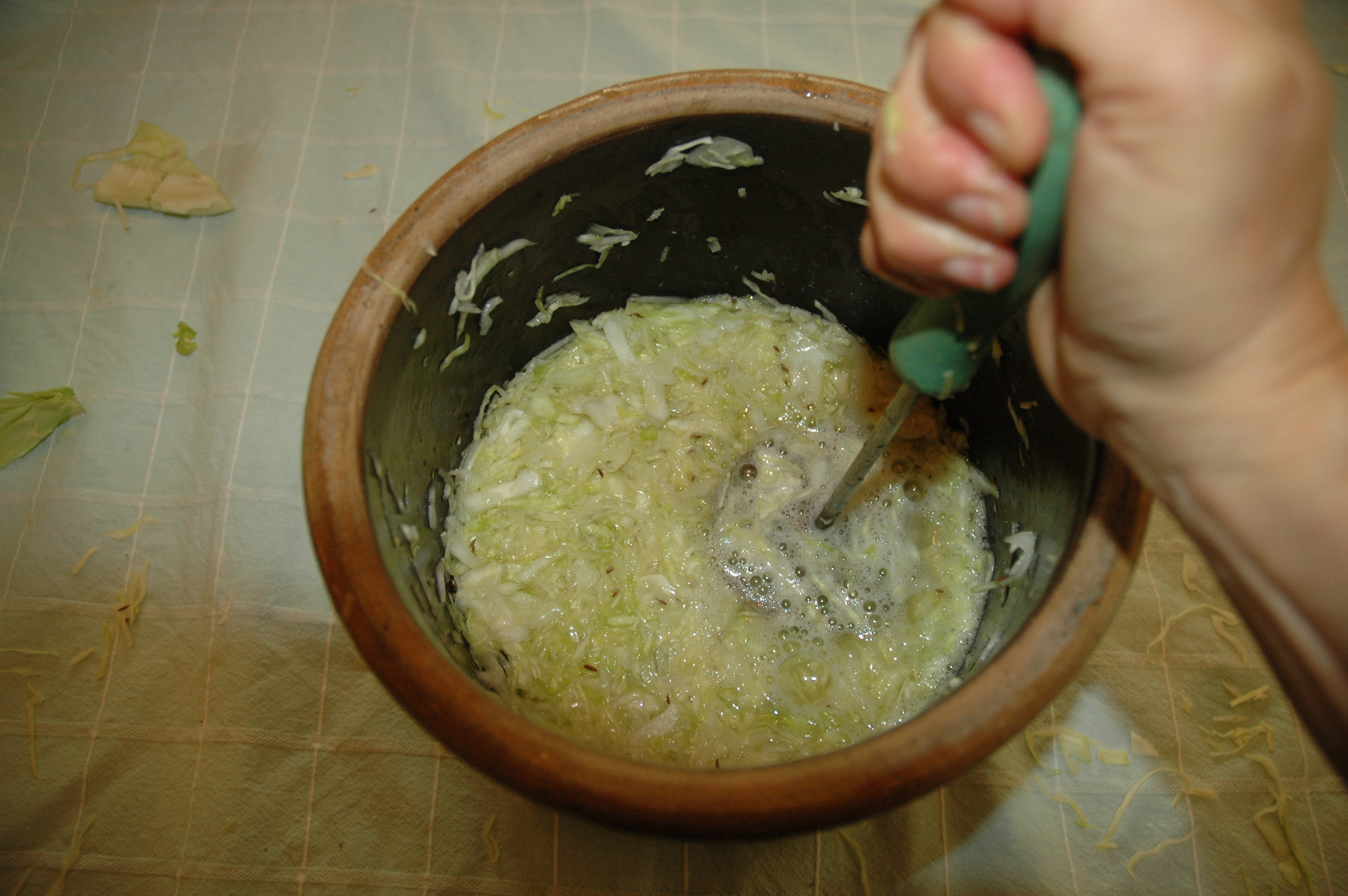
If you’re making just one three-pound batch, you can press your pounded kraut into wide-mouth mason jars at this point. Cover the pressed cabbage with a clean piece of fresh, whole cabbage leaf. Place a weight on top and seal with a fermentation lid. Keep at room temperature, out of direct sunlight. Start testing it for flavor and texture at around three weeks. When you like it, it’s done and can be eaten or stored in the fridge.
If you have more cabbage you want to use, continue to cut, knead and pound three-pound batches until you’ve filled your vessel or run out of ingredients. Wipe any fragments off the rim, and cover the surface with clean, whole leaves. Find a plate to fit inside the chamber and place a hefty weight on top. The weight can be a heavy bowl of water, a glass weight, a clean stone, a bag of marbles, etc.
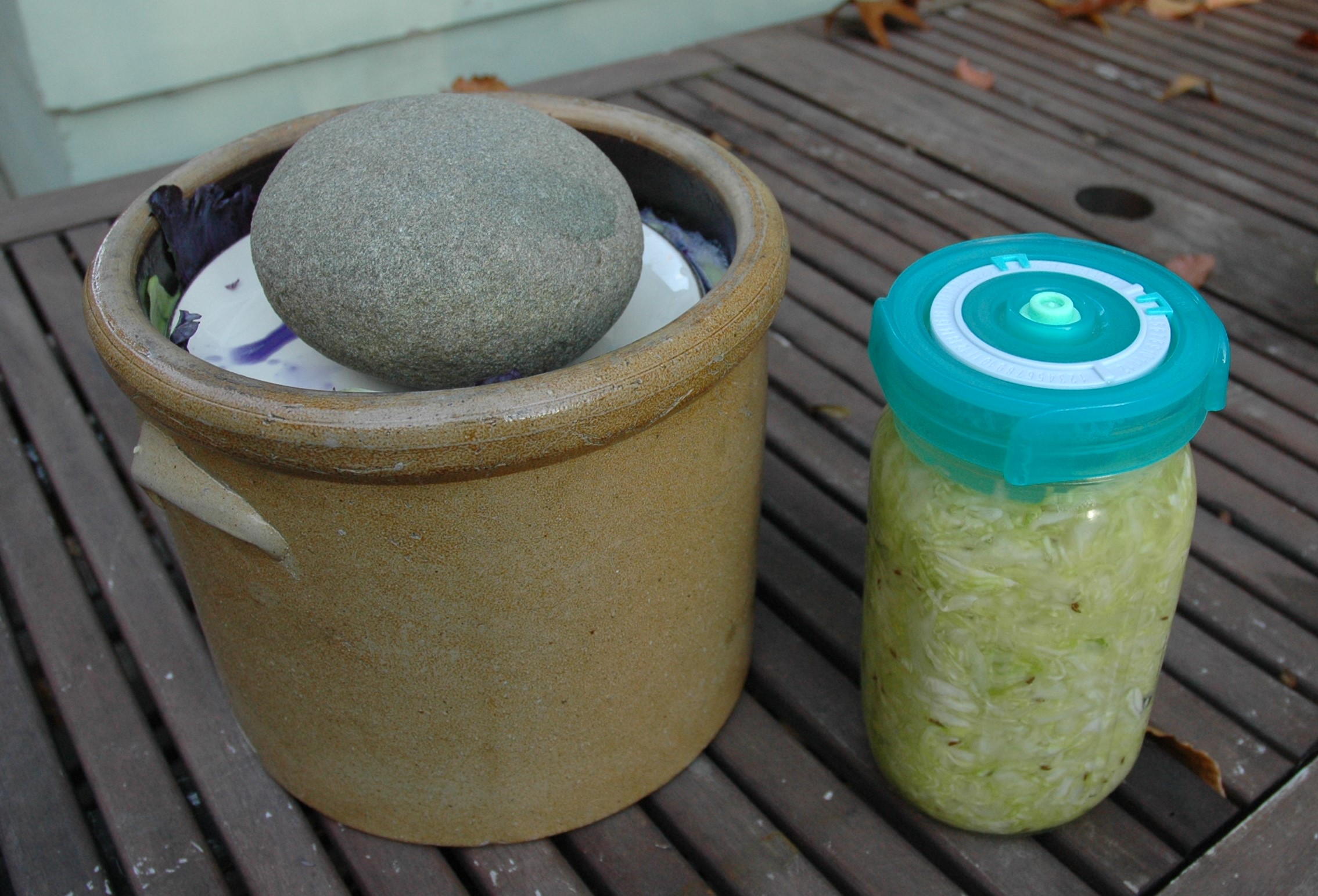
To prevent contamination (and fruit flies), cover the crock with a loose-fitting lid or a cloth, and allow it to ferment at room temperature for about four weeks. Check on it now and then, without disturbing it too much. At around three weeks start testing for doneness. When it tastes just right, pack it into smaller jars and store in the refrigerator for up to six months.
If you decide to get serious and make big batches, you might want a large, wooden pounder and multi-gallon crocks. Earthenware crocks are often labeled on the side with their capacity in gallons, and bargains can be found at barn sales and the like. They make interesting storage containers when not occupied with fermenting vegetables.
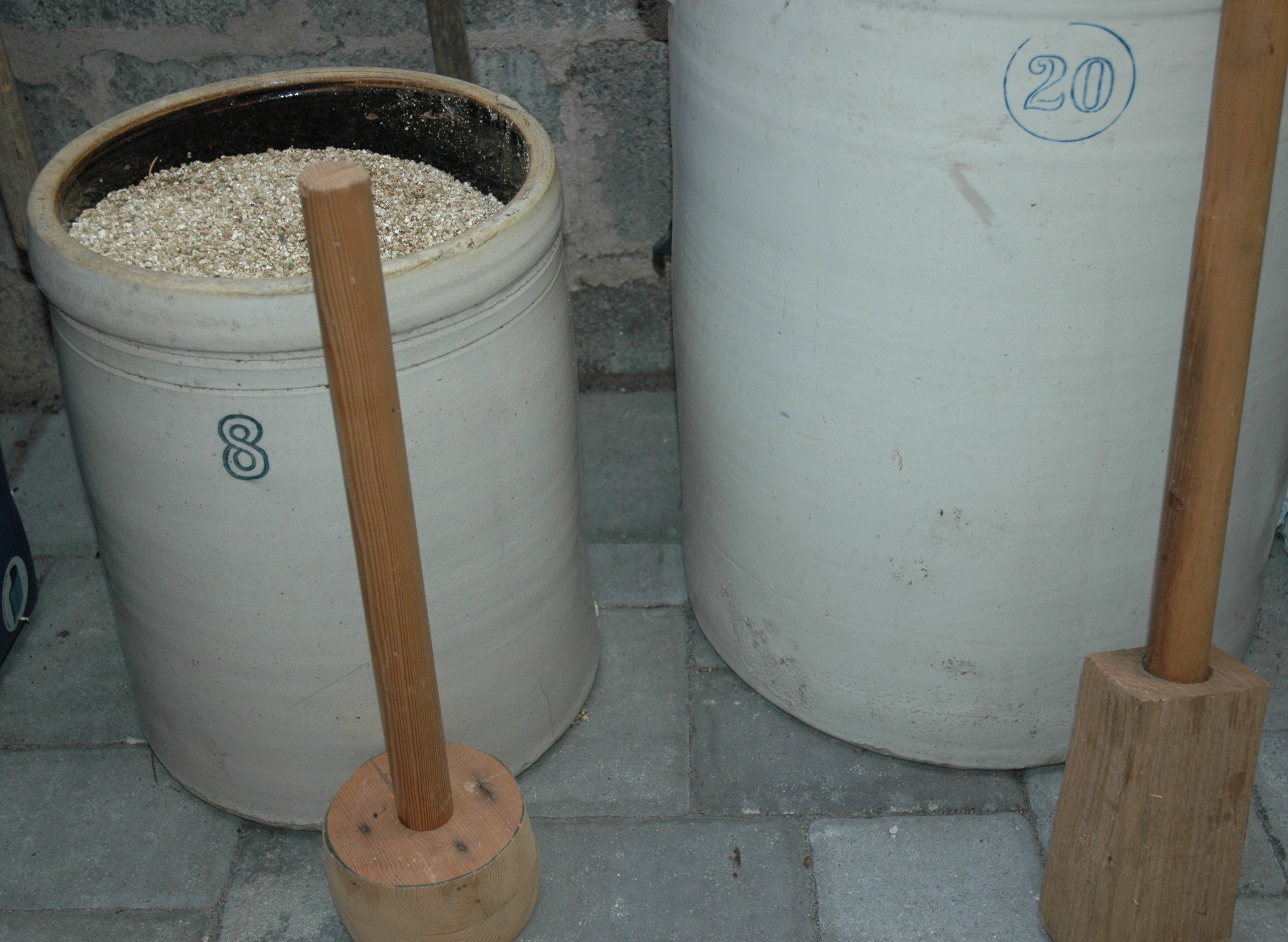
Wooden pounders are more readily available online, but they can also be hand-crafted.



